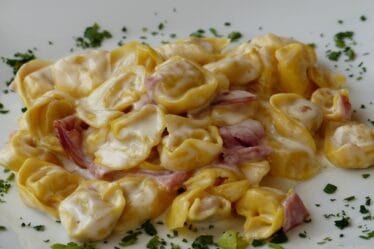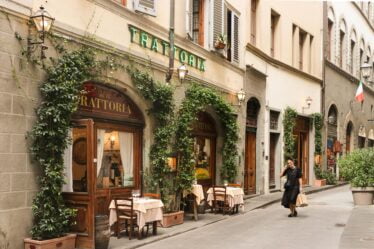

Introduction: The Heart of Tuscan Wine Culture
Among all the Tuscan specialties celebrated worldwide, Chianti Wine Tuscan Tradition holds a truly unique place. Indeed, the Chianti region is famous for its vineyards, producing a distinctive wine with a deep crimson color and an unmistakable aroma. This rich heritage has turned Chianti into one of the most beloved symbols of Tuscany’s winemaking excellence.
The Ancient Roots of Chianti
To understand Chianti Wine Tuscan Tradition, we must journey back to the thirteenth century. The earliest records of “Chianti” mention the League of Chianti, a historical alliance that included the three “terzieri,” or districts, of Radda in Chianti, Castellina in Chianti, and Gaiole in Chianti. These territories were organized under the authority of Florence, making it easier for the city to manage and protect the region.
Moreover, this system of organization played a crucial role in developing the winemaking identity that continues to define Chianti today. The blend of political unity and agricultural passion helped Chianti wines gain fame far beyond Tuscany’s borders.
Geography and Vineyards of Chianti
Stretching gracefully across the Tuscan hills, the Chianti Wine Tuscan Tradition extends from Pistoia to Siena, on the southern slopes of the Apennines. The landscape is dotted with rolling vineyards, cypress-lined roads, and medieval villages that tell the story of centuries of cultivation and craftsmanship.
Additionally, the Chianti area expands northward toward Mugello, Pontassieve, and Rufina, each zone contributing to the complex variety of flavors and aromas that make Chianti wines so distinctive. The local climate—sunny, breezy, and slightly dry—provides the perfect conditions for growing the Sangiovese grape, the heart of every authentic Chianti bottle.
The Celebration of the “Carro Matto”
One of the most colorful traditions linked to Chianti Wine Tuscan Tradition is the annual Carro Matto celebration. Every year, at the end of the harvest season, an ox-drawn cart called the “Carro Matto” departs from Rufina, carrying around 3,000 flasks of wine carefully arranged into a spectacular triangular prism shape.
This extraordinary procession is not just a display of local pride—it’s a symbol of centuries-old craftsmanship. The event recalls the ancient guild known as the Arte dei Vinattieri, or the Wine Merchants’ Guild, which historically presented new wine to the Florentine Signoria. Even today, this joyful celebration fills the streets with life, tradition, and the deep red color of Chianti wine.
Conclusion: A Living Heritage of Tuscany
In conclusion, Chianti Wine Tuscan Tradition represents much more than a beverage—it’s a living heritage that connects past and present, farmers and artisans, villages and cities. From the first grape harvests of the Middle Ages to today’s world-renowned bottles, Chianti continues to embody the spirit of Tuscany: authenticity, passion, and timeless beauty.



